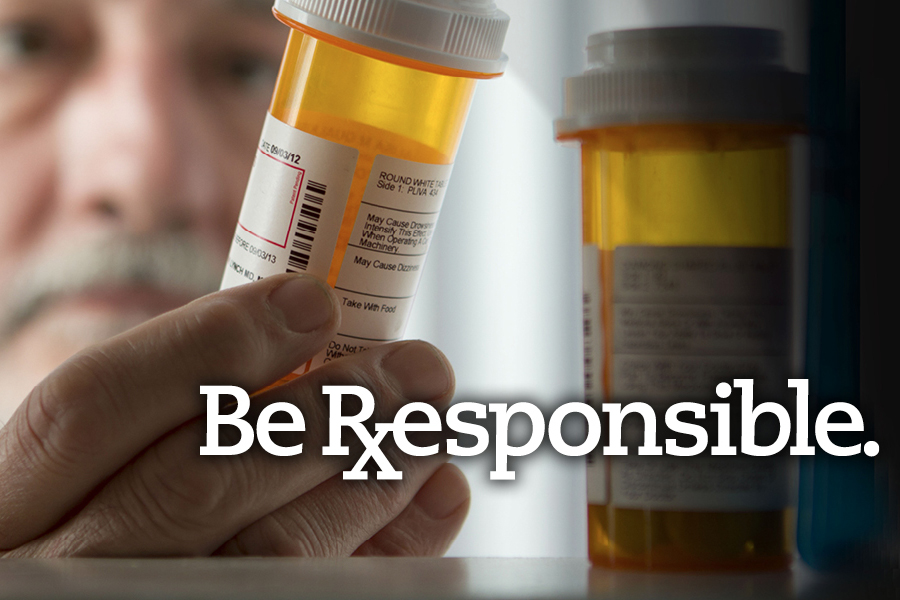An e-cigarette epidemic has smoked out consistent declines in teen tobacco use, as a new report shows teen “vaping” is to blame for a 1.3 million increase nationwide from 2017 to 2018.
The rise in the use of tobacco products by teens comes after several years of decreases and is the largest increase since the launch of a U.S. Centers for Disease Control & Prevention survey in 1999.
The Connecticut Board of Education last month released a report showing that the number of suspensions and expulsions in Connecticut schools related to vaping has gone from 349 in the 2015-16 school year to 2,160 last year. That’s an astonishing sixfold increase.
Nicotine is the addictive component of tobacco plants that hooks people on cigarettes. Not only do e-cigarettes cultivate a young group of vapers, but studies also show that kids using e-cigarettes are four times more likely to use tobacco cigarettes compared to non-vapers.
E-cigarettes, especially flavored versions with more nicotine produced by the manufacturer Juul, are highly addictive. Juul has voluntarily taken its flavored products off store shelves and is selling them online, but that is not nearly enough. In my experience, kids are pretty savvy about navigating the Internet, especially if it is to access a Mango or Fruit Medley flavor.
Instead, action needs to be taken now to curb the teen e-cigarette epidemic before all our positive gains are snuffed out.
The good news is Connecticut lawmakers on both sides of the political aisles are cracking down on the issue. They are supporting a bill that would increase the age to purchase tobacco and tobacco products, including e-cigarettes, from 18 to 21. This would be a very important step. How is it that the age to purchase cigarettes is 18, but you can’t purchase alcohol until 21? (Juul, at least publicly, supports increasing the legal age to 21 for purchasing all tobacco products.)
Education of children, parents and teachers about the dangers of these nicotine products is also important. Juul, which has been marketed more as a smoking cessation tool, is especially attractive for younger “vapers” to use because it’s small, easily concealed in the palm of one’s hand and sleek – the replaceable nicotine “pods” look strikingly similar to a computer flash drive. One teen reported that he was in a class where every time the teacher turned his back to write something on the board, vaping students took a “rip” from their Juul.
The proliferation of e-cigarettes, vapes and Juuls harkens back to a time when “smoking in the restroom” was ubiquitous. We have to stop that from happening again, and education will be key.
Schools across the state have had open forums about the dangers of e-cigarettes, Juul and other vaping products – their health impacts, their potential as gateways to cigarettes and other drugs and how to spot them. This education, combined with regulations cracking down on the e-cigarette industry’s marketing and retail strategies, are essential and will put our youth back on the road to recovery.
Dr. J. Craig Allen is the medical director of Rushford, a Meriden-based addiction and mental-health services organization, and vice president of addiction services at Hartford HealthCare’s Behavioral Health Network.


